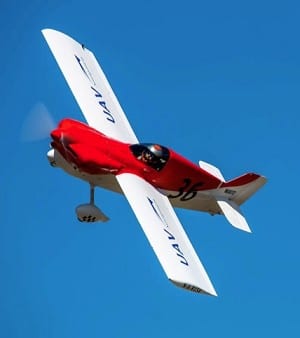The FAA is behind the power curve – big time – when it comes to the nascent (and rapidly growing) remotely piloted aircraft (RPA) industry.
On Jan. 12 CNN announced a research agreement with the FAA to “to advance efforts to integrate Unmanned Aerial Vehicles (UAVs) into newsgathering and reporting.”
As a distant cousin to mainstream media, I can imagine great uses for RPA in media. But media isn’t the only segment of society anxious to launch skyward.
“We are selling multiple thousand units per month,” said AtlantaHobby.com‘s Cliff Whitney during a recent phone conversation. In one month, they sell more RPAs than all aircraft manufacturers make in a year. And they’re just one retailer.
 On the other side of the coin, on Jan. 8 the FAA released guidance for Law Enforcement Agencies in the pursuit of “enforcement actions to stop unauthorized or unsafe UAS operations.”
On the other side of the coin, on Jan. 8 the FAA released guidance for Law Enforcement Agencies in the pursuit of “enforcement actions to stop unauthorized or unsafe UAS operations.”
The prime arbiter of U.S. airspace, with a stated mission “to provide the safest, most efficient aerospace system in the world,” is asking cops to enforce rules yet to be finalized. Seems the FAA would catch a lot more flies with honey than with vinegar.
Education should be the FAA mission. The majority of the RPA segment of aerospace is filled with respectful, thoughtful remote pilots. As in mainstream society, it’s a few bad apples that spoil the bunch.
The Academy of Model Aeronautics (AMA) has for decades promoted the fun and challenge of radio-controlled flying based on its single-page National Model Aircraft Safety Code. Many full-scale pilots got their start flying model aircraft. We have so much history here, it’d be a shame to lose it.
I think the FAA is trying to play catch-up. Yet for every step the FAA takes, the RPA industry has taken 10. That is a recipe for obsolescence if I’ve ever seen one.
On second thought, maybe that’s not such a bad idea after all.

